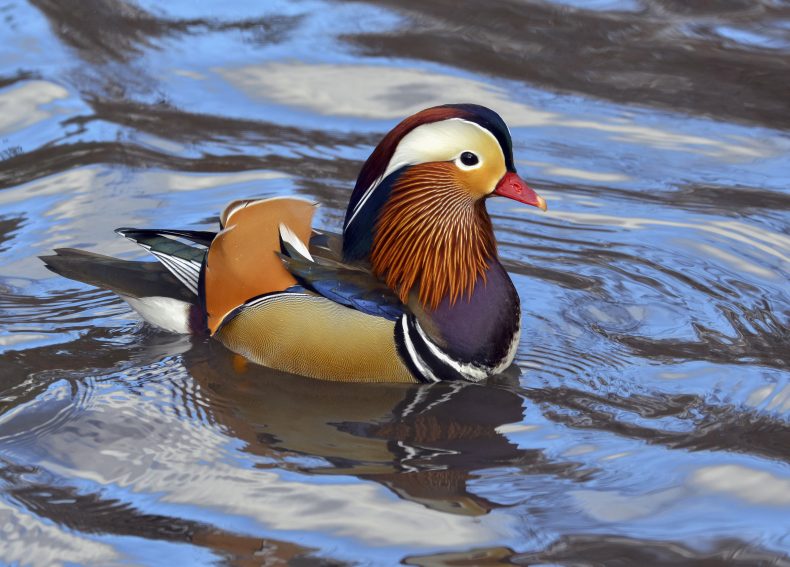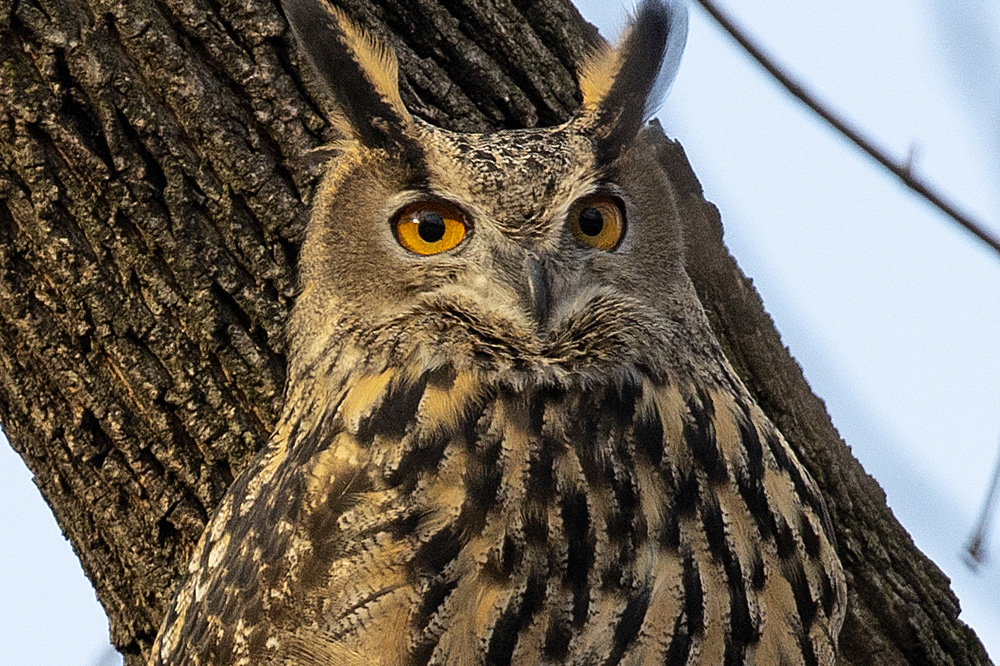Introducing Rakewell, Apollo’s wandering eye on the art world. Look out for regular posts taking a rakish perspective on art and museum stories.
Friday marked the one-year anniversary of freedom for Flaco, the Eurasian eagle-owl who has been at large ever since he escaped from the Central Park Zoo. Born in captivity in North Carolina and a caged resident of Manhattan since 2010, Flaco took advantage of an act of vandalism – the cutting of the wire mesh of his enclosure – to take wing.
In the month after his escape, volunteers for the Wildlife Conservation Society, the organisation responsible for running the Central Park Zoo, tried to lure the first-time flier back behind bars with baited cages and audio recordings of other Eurasian eagle-owls. It’s not hard to understand why this proud son of the species Bubo bubo was reluctant to return to a home that Gothamist has described as ‘the size of a bus stop’. Efforts eventually stopped as the evidence mounted up for Flaco being an adept aviator who could feed himself just fine.
Flaco means ‘skinny’ in Spanish, but the Eurasian eagle-owl has filled out since his escape from Central Park Zoo on 2 February, 2023. Photo: Andrew Lichtenstein/Corbis via Getty Images
As a non-native species, Flaco is very likely the only free Eurasian eagle-owl in North America. (RIP Gladys in Minnesota who lasted for only a month in the wild in October 2021.) But more than that, he has a claim to be the most inspiring New Yorker there is. In a city that is recovering all too slowly after the pandemic and lacks effective political leadership, Flaco stands for resilience and hope. He may have been born in chains, but everywhere from the Upper West Side to the East Village he is free.
Rakewell can’t help being concerned that New Yorkers – and, let’s face it, not just New Yorkers – have too much invested in one escaped animal. Even if Flaco avoids feeding on a poison-pelleted rat, Eurasian eagle owls have a life expectancy of around 20 years in the wild. But perhaps this is too pessimistic and your roving correspondent should, like Flaco, live more in the moment.

The mandarin duck is native to East Asia, China and Japan, but this mandarin duck could be seen in the Pond at Central Park in 2018–19. Photo: Robert Cicchetti/i Stock/Getty Images
Flaco is not, of course, the first rare bird the city has taken to its heart. The Central Park mandarin duck was the object of much admiration when he was sighted at the Pond in late 2018. His disappearance in 2019 is still a mystery, but one hopes he has found a haven away from the ‘quackarazzi’ and tourists who tried to stuff him with bread. The mandarin duck moved Bette Midler to write a children’s book about him and a documentary screened at the Coney Island Film Festival in 2023. Who knows what art Flaco will inspire or how many lives he will transform?
Got a story for Rakewell? Get in touch at rakewell@apollomag.com or via @Rakewelltweets.
